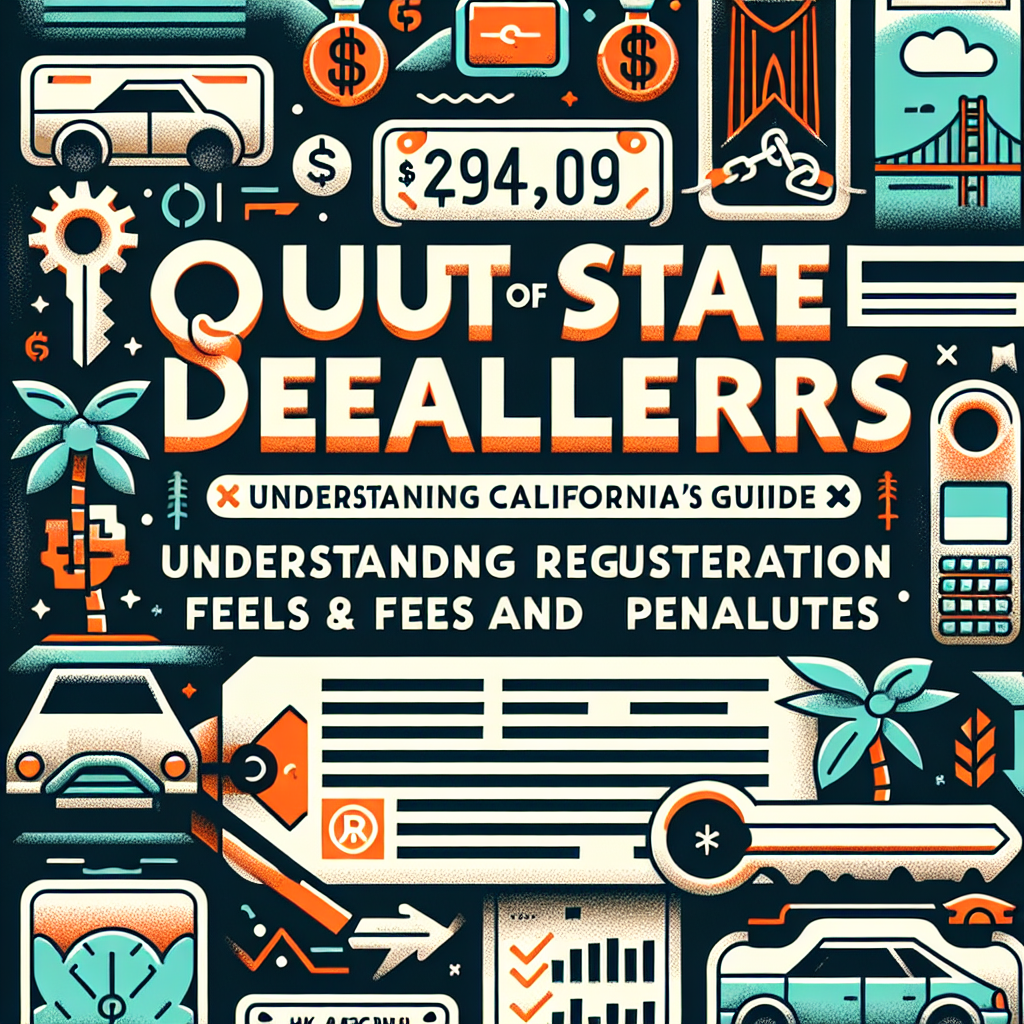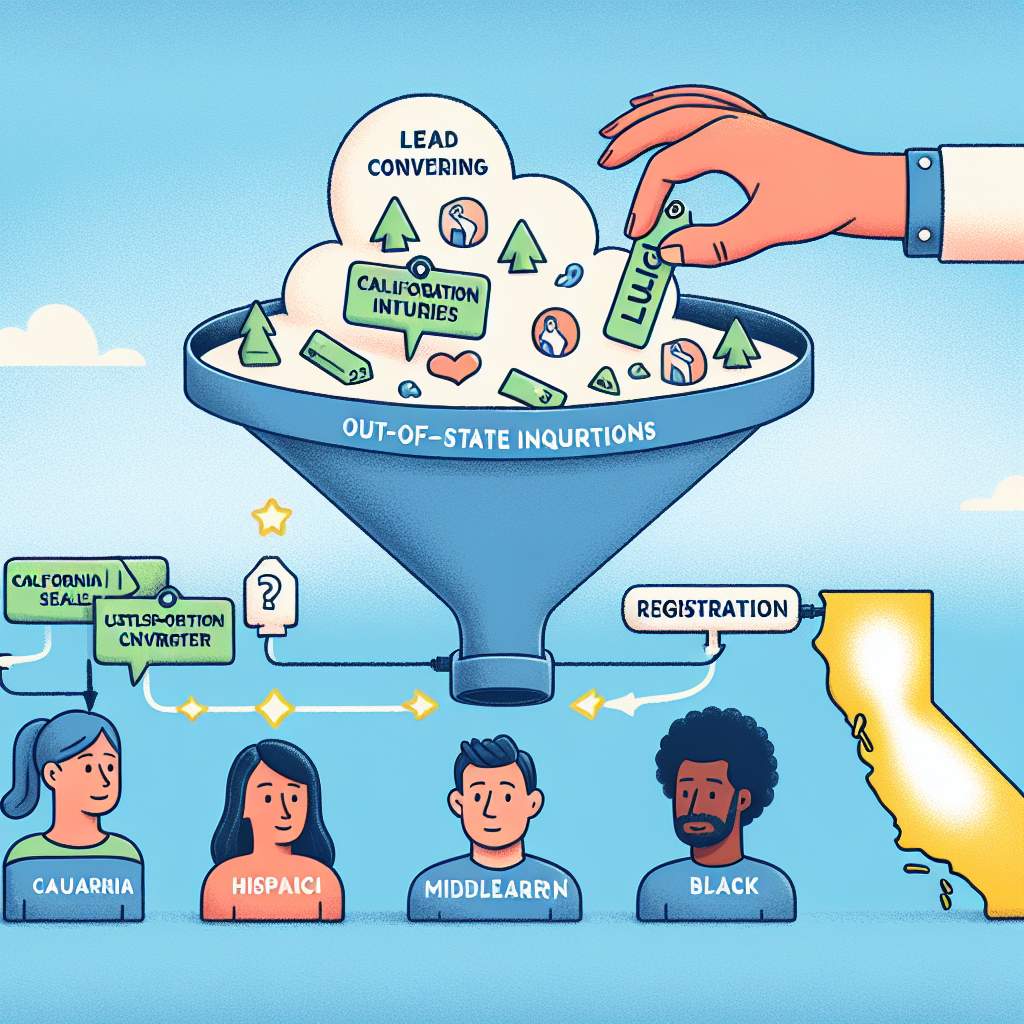What Happens If You Skip a Smog Check?
Introduction
A smog check is a super important part of owning a car. It helps to make sure our cars aren’t too harmful to the environment. The test checks how much pollution comes out of your car’s exhaust. Taking your smog check seriously is not just good for the planet; it can help you avoid big legal problems. Let’s talk about the consequences of skipping a smog check.
What is a Smog Check?
Understanding Smog Check Requirements
A smog check is a test that checks how much pollution your car is making. It helps keep the air clean by making sure cars aren’t putting out too many bad fumes, like carbon monoxide and nitrogen oxides.
Which Vehicles Need Smog Checks?
Not all cars need a smog check. Usually, gas-powered cars that are a few years old and up to 30 years old need to get this test. Electric and hybrid cars sometimes have different rules, as do big trucks and cars that use other types of fuel.
How Often Do You Need a Smog Check?
How often you need a smog check depends on where you live. Some places require the test every year, while others ask for it every two years. For example, in California, you need a smog check every two years to keep your car registered.
Legal Responsibilities
State Rules About Smog Checks
Most places have rules about smog checks. These rules are checked by local environmental agencies and Motor Vehicle Departments, known as DMVs. If you don’t follow the rules, you could have to pay fines, and it might affect your ability to register the car.
What Are the Responsibilities of Car Owners?
If you own a car, you need to make sure it passes the smog check and gets a smog certificate. You often need this certificate to renew your car registration.
What Happens If You Don’t Follow the Rules?
If you ignore smog check rules, you could face penalties like fines or problems registering your car.
What If You Skip a Smog Check?
1. Fines and Penalties
If you don’t get a smog check when needed, you might have to pay fines. These fines vary depending on where you live.
2. Problems with Car Registration
If you skip a smog check, you might not be able to renew your car’s registration. Sometimes, your car registration can even be suspended or canceled, which could create bigger legal issues.
3. Insurance Issues
If your car registration is suspended or canceled, your insurance company might raise your rates or not offer you the coverage you need. They could even deny claims if your registration isn’t current.
How to Stay Out of Trouble
Tips for Staying On Top of Smog Checks
To avoid trouble, keep track of when your smog check is due. You can mark it on your calendar or set reminders so you won’t forget.
Finding a Smog Check Center
You can use your state’s DMV website or other official lists to find certified smog check centers near you. Some states offer online tools to help find a center quickly.
Learn About Exceptions
Some cars, like those with historic plates or electric cars, might not need smog checks. Check with your state’s DMV to see if your car is one of these.
What to Do If You Miss a Smog Check
Fixing the Problem
If you missed getting a smog check, schedule one as soon as you can. Make sure your car is ready to meet the pollution standards so it can pass the test.
Handling Unpaid Fines
If you owe fines for not doing a smog check, get in touch with your local DMV to sort it out. They might offer you a payment plan to pay off what you owe.
Getting Legal Help
If you’re in big trouble, you might want to talk to a lawyer. An attorney can help you figure out what to do and how to fix the situation.
Conclusion
Following smog check rules is super important for the environment and for staying out of legal trouble. By keeping yourself informed and acting early, you can dodge legal and financial problems.
Call to Action
Stay up to date with smog check rules in your state. If it’s time for your vehicle’s smog check, make an appointment today to avoid potential issues. Don’t hesitate, visit us at the Tags Clinic. You can find us at 3845 University Ave, San Diego, CA or call us at 619-777-9046. You can also check our website at https://tagsclinic.com.
Additional Resources
- California Smog Check Information
- Find a Certified Smog Check Center
- Local DMV Office Contacts
- Exemptions and Requirements
By being careful and aware, you can make sure your car meets the requirements, protect the environment, and stay out of trouble with the law.









